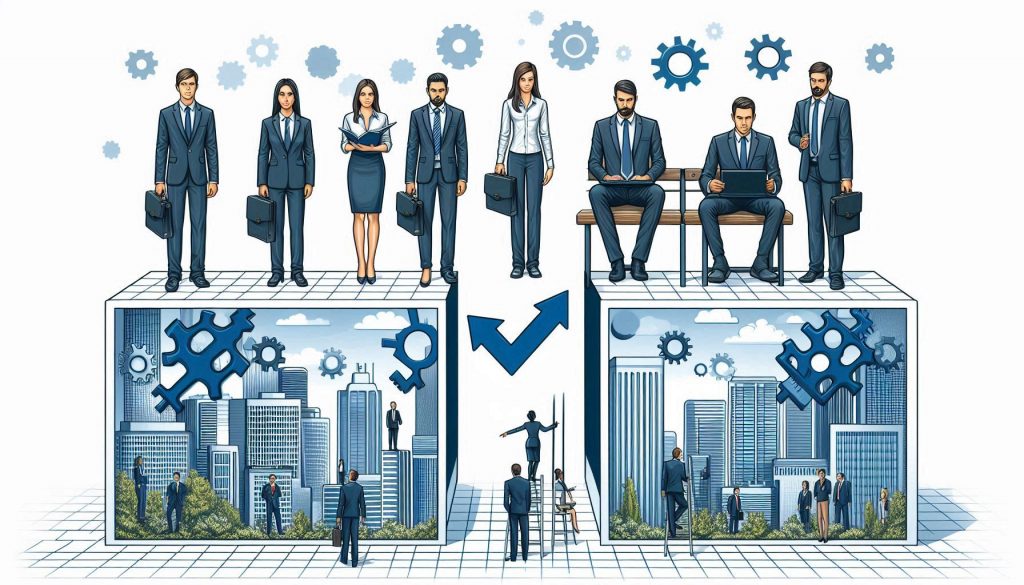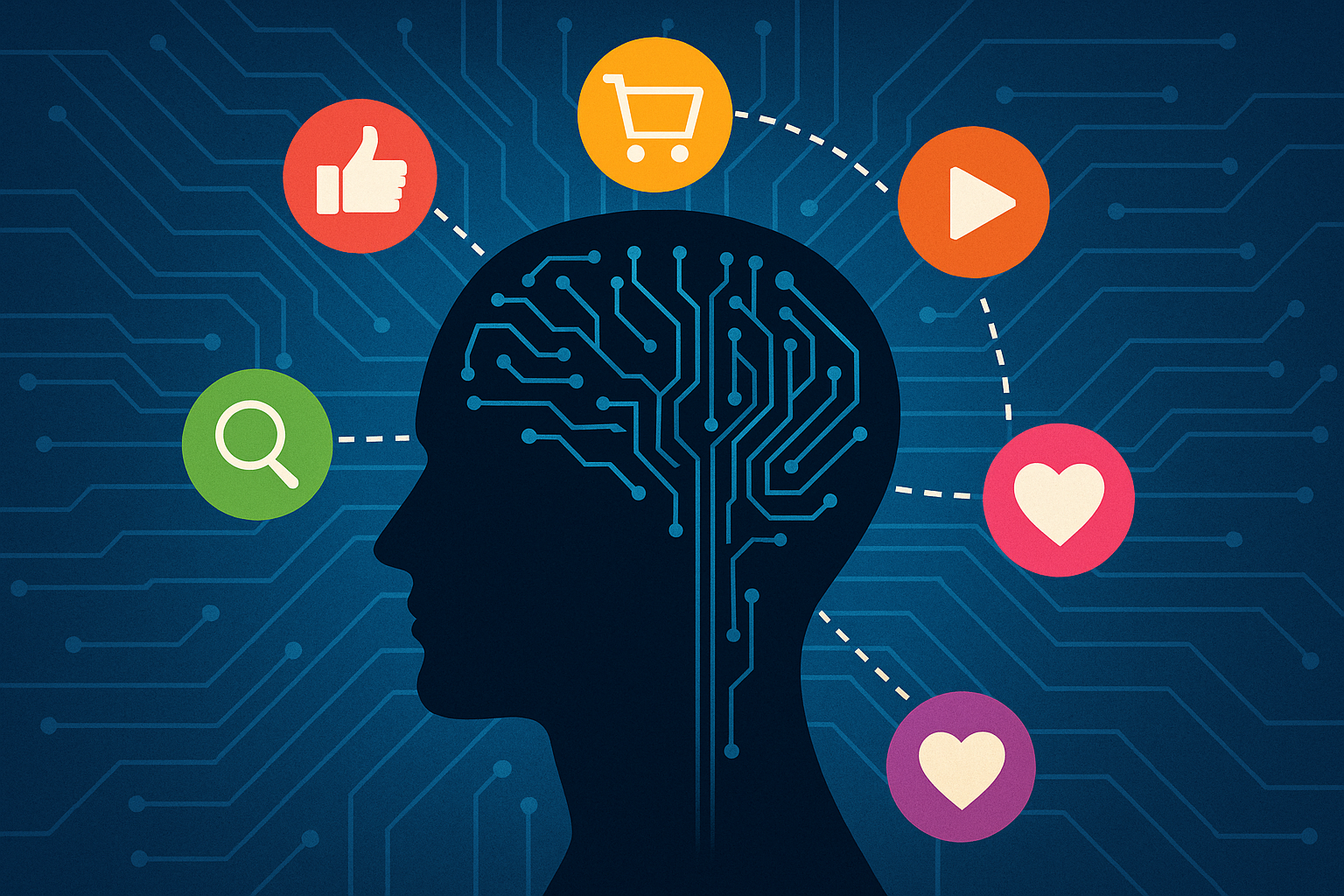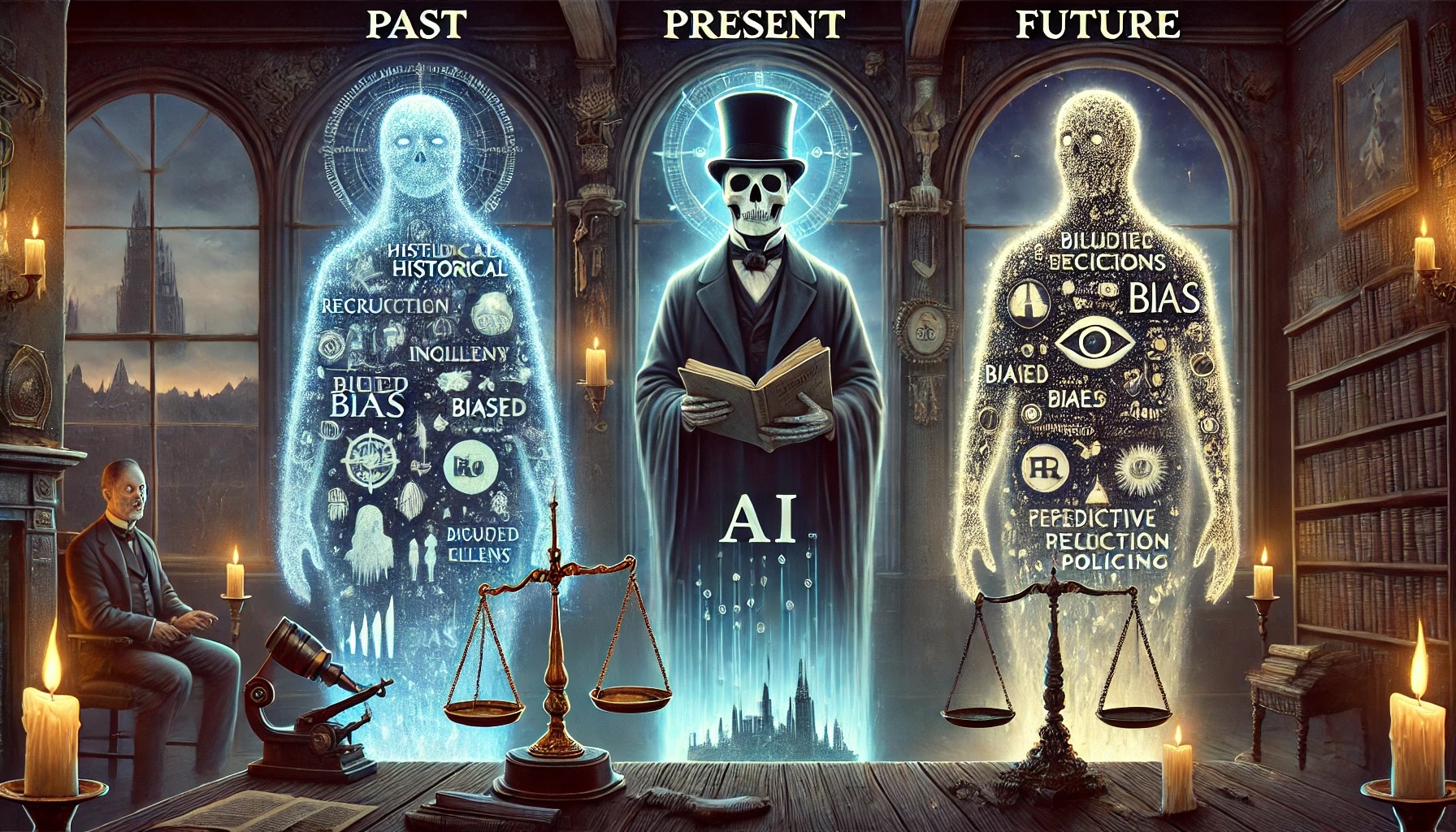Our economies have progressed from the Agricultural Age of farming and manual labor to the Industrial Age of mechanization, then to the Information Age of computers and data. We are now entering the Relational Age, which emphasizes deeper connections, relationships, inclusivity, and emotional intelligence as key success factors, demanding greater alignment between our People, Perceptions, and Processes. The “How” is what matters most.

Every organization has a “Human Delta,” representing the gap between its people, perceptions and processes. This gap may stem from unclear roles, mismatched responsibilities, or the individual’s capacity to fulfill their job. The size of this gap reflects the organization’s operational efficiency and cultural alignment, influencing productivity and day-to-day functioning. Recognizing and bridging the Human Delta is essential for fostering a healthy, inclusive, and productive workplace, as it directly affects productivity, employee satisfaction and overall organizational well-being.
Understanding the Human Delta
Every organization operates under a conceptual framework of policies and procedures designed to guide people and enhance performance. However, discrepancies often arise between these frameworks and actual practices, revealing the “human delta.” This delta highlights the gap between Leadership perceptions, intended operations and real-world execution. A larger delta typically indicates outdated employment practices and systemic inefficiencies, which can contribute to dysfunction and low employee morale. Understanding this delta is crucial, as it serves as a key indicator of an organization’s health and effectiveness. Organizations grappling with significant human deltas may foster environments characterized as “polarized” or “toxic,” which can severely damage their reputation and hinder overall performance.

Conversely, a smaller human delta reflects a stronger alignment between employees’ actions and the organization’s goals, leading to higher productivity and more engaged employees. This alignment not only enhances workplace culture but also encourages collaboration and innovation, ultimately driving success. Recognizing and addressing the human delta is vital for leaders aiming to create a supportive and productive work environment. By bridging this gap, organizations can improve employee satisfaction, reduce turnover, and strengthen their reputation, paving the way for sustainable growth and success in an increasingly competitive landscape.
The Importance of Assessing the Human Delta
- Identifying Inefficiencies: The primary function of the Human Delta assessment is to identify gaps in processes and human behavior that may hinder performance. By pinpointing where discrepancies occur, organizations can address underlying systemic biases that might not be evident without a structured evaluation.
- Enhancing Engagement and Morale: Employees want to feel that their contributions matter and that the policies in place are not just theoretical. When organizations conduct the Human Delta assessment, they send a message that employee experiences and perceptions are valued. This can enhance employee engagement, leading to reduced turnover and a more motivated workforce.
- Fostering a Culture of Trust and Continuous Improvement: Regular assessments like the Human Delta foster a culture of transparency and continuous improvement. By frequently measuring the delta, organizations can adapt their processes and policies to better reflect the realities of the workplace, aligning with employee needs and increasing trust.
- Guiding Strategic Decision-Making: Data collected from the Human Delta assessment provides leaders with critical insights that can mitigate bias and guide strategic decisions. Understanding the pain points and areas of improvement allows management to make informed decisions regarding policy changes, training programs, and resource allocation.
- Strengthening Organizational Resilience: In a world that is constantly changing, organizations need to be resilient and adaptable. The Human Delta assessment helps identify not only current gaps but also potential future challenges. By addressing these proactively, organizations can build resilience into their operations.
- Promoting Alignment Between Leadership and Staff: One of the biggest challenges in organizations is the alignment between leadership’s vision and the everyday experiences of staff. The Human Delta assessment can bridge this gap, ensuring that leaders understand how their directives translate to operational realities, thus promoting a more cohesive team environment.
- Increasing Productivity: Ultimately, a smaller human delta correlates with increased productivity. By aligning organizational policies with actual practices, organizations can eliminate redundancies, streamline workflows, and better leverage the skills of their employees.
Take the Human Delta Assessment
The assessment consists of 20 statements designed to spark insightful, personal, and productive conversations with HR leaders. These results allow you to gain insights and explore:
– Perceptions of organizational policies and processes.
– Experiences of communication and collaboration among teams.
– Coaching to identify barriers that hinder performance and efficiency.
– Foster emotional connections and alignment with organizational values.
– Overall job satisfaction and engagement levels among employees.

Percipio Company is led by Matthew Cahill. His deep expertise in cognitive, social, and workplace biases is rooted in the belief that if you have a brain, you have bias®. He works with executives to reduce mental mistakes, strengthen workplace relationships & disrupt existing bias within current HR processes, meeting protocols and corporate policies. Matthew has demonstrated success with large clients like LinkedIn, Salesforce and dozens of small to mid-size companies looking to create more inclusive workplaces, work smarter, generate more revenue and move from bias to belonging®.






